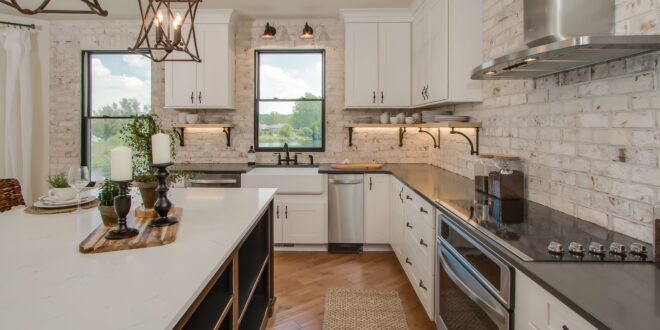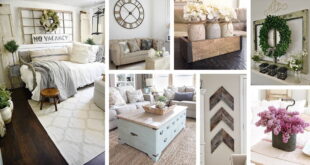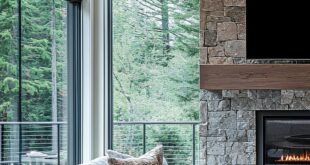body { font-family: Arial, sans-serif; line-height: 1.6; color: #333; }
h2 { color: #444; margin-top: 2em; }
h3 { color: #555; margin-top: 1.5em; }
p { margin-bottom: 1em; }
li { margin-bottom: 0.5em; }
.intro { font-size: 1.1em; color: #666; }
Introduction: Beyond White Walls – A Kitchen Revolution
Let’s face it, kitchens can sometimes feel… sterile. All that stainless steel, those pristine white cabinets – functional, sure, but hardly inspiring. But what if you could inject personality and warmth into your culinary space without a complete renovation? The answer, my friends, lies in the power of a well-placed accent wall. And we’re not talking about some flimsy wallpaper; we’re talking about the transformative magic of paint. This comprehensive guide will walk you through everything you need to know about creating a stunning kitchen accent wall with paint, from choosing the perfect color to mastering the application techniques.
Why Choose an Accent Wall in Your Kitchen?
Before we dive into the nitty-gritty, let’s explore why an accent wall is such a fantastic idea for your kitchen. It’s more than just a trendy design choice; it’s a strategic way to enhance your space.
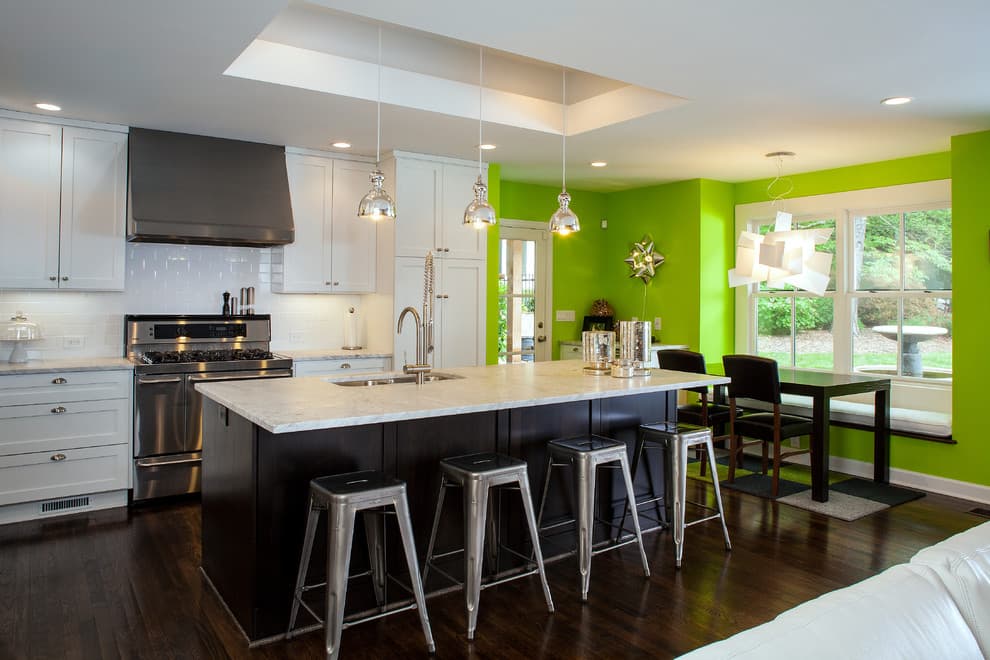
Visual Interest and Focal Point
An accent wall instantly creates visual interest. It draws the eye and becomes a focal point, breaking up the monotony of a uniformly colored room. This is especially helpful in larger kitchens that can sometimes feel overwhelming or lacking in character.
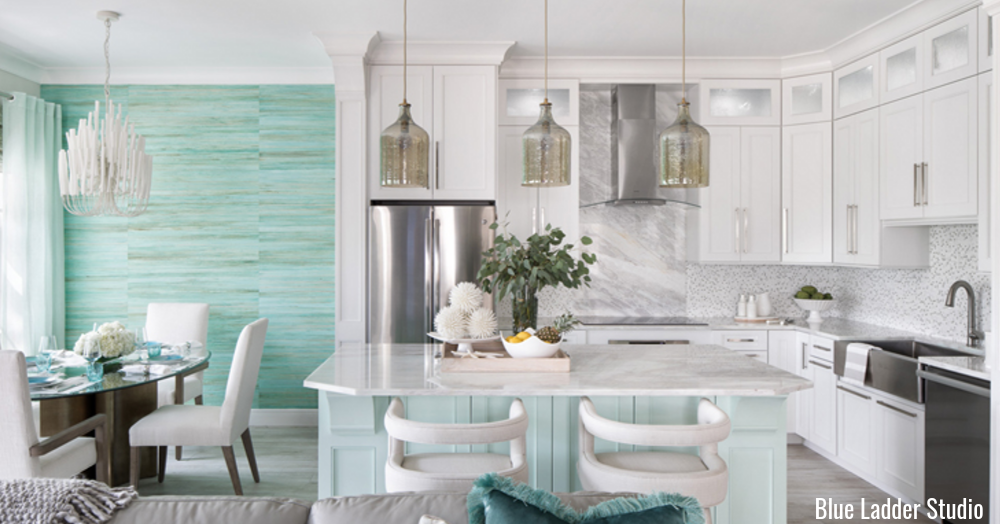
Defining the Space
Open-concept kitchens are incredibly popular, but they can sometimes lack definition. An accent wall can visually separate the kitchen area from the living or dining space, creating a sense of distinct zones within a larger area. It’s like saying, “This is where the magic happens, and over there is where we enjoy the results!”
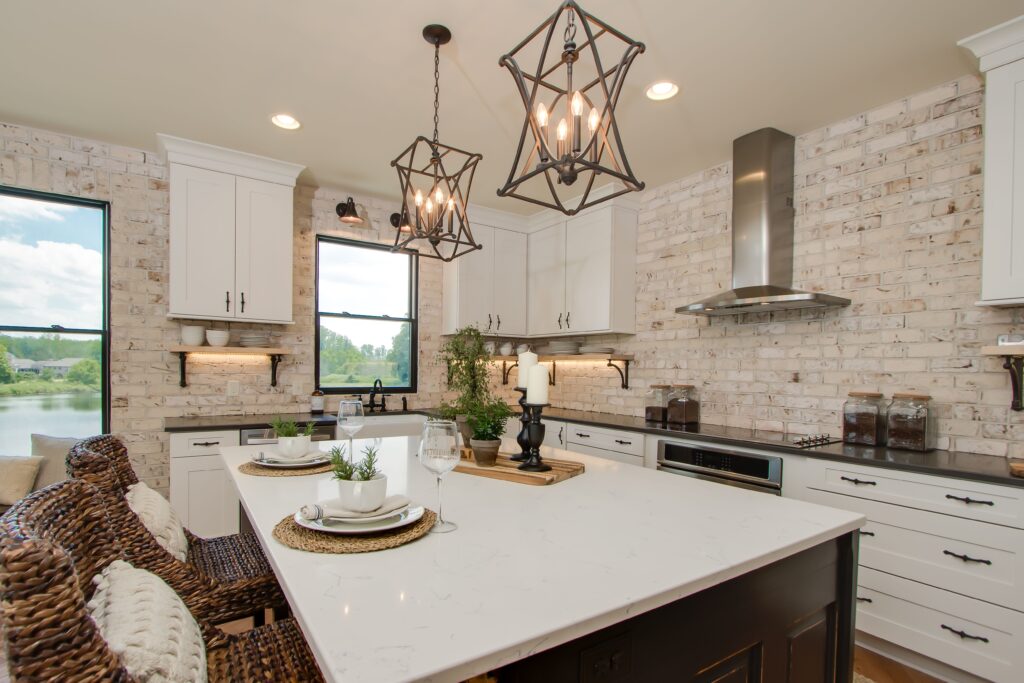
Adding Personality and Style
Your kitchen should reflect your personal style. An accent wall is a fantastic way to inject your personality into the space. Whether you’re drawn to bold, vibrant hues or prefer a more subtle, sophisticated palette, an accent wall allows you to express your unique taste without overwhelming the entire room. Think of it as a statement piece for your kitchen, a reflection of your culinary soul.
Cost-Effective Transformation
Compared to a full kitchen remodel, painting an accent wall is a remarkably cost-effective way to transform your space. A gallon of paint, some basic supplies, and a weekend of your time can yield dramatic results, breathing new life into your kitchen without breaking the bank. It’s the ultimate high-impact, low-cost makeover.
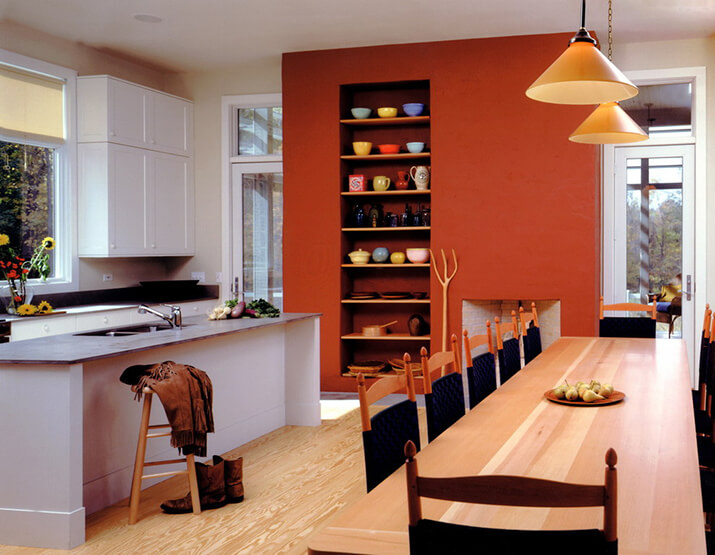
Highlighting Architectural Features
Do you have a beautiful brick wall, an interesting alcove, or a stunning range hood? An accent wall can highlight these architectural features, drawing attention to the elements that make your kitchen unique. It’s about accentuating the positive and celebrating the character of your space.
Choosing the Right Wall for Your Accent
Not all walls are created equal when it comes to accent walls. Selecting the right wall is crucial for achieving the desired effect. Here are some factors to consider:
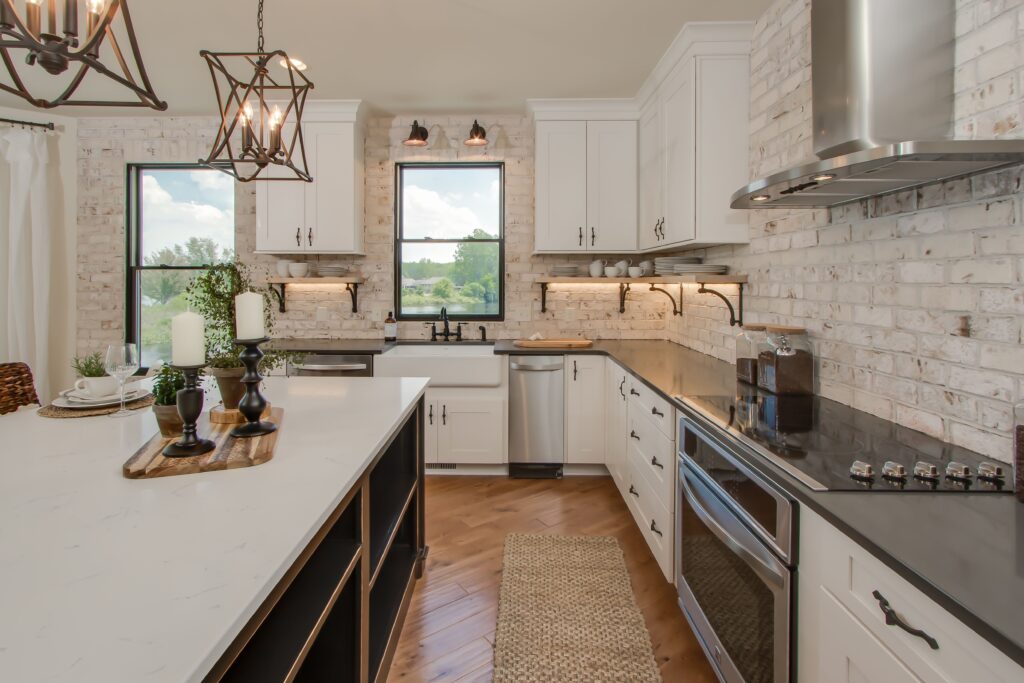
The Wall’s Visibility
The accent wall should be easily visible from the main entry points of your kitchen and adjacent spaces. A wall that’s hidden behind cabinets or appliances won’t have the same impact. Choose a wall that naturally catches the eye and commands attention.
Architectural Features
As mentioned earlier, consider walls with existing architectural features like brick, exposed beams, or interesting angles. These elements will add depth and texture to your accent wall, making it even more visually appealing.
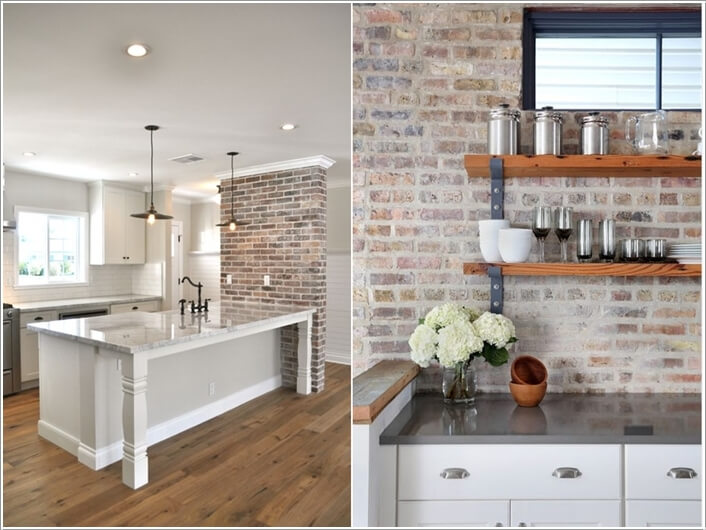
The Size of the Wall
The size of the wall should be proportionate to the size of the kitchen. A very small wall might get lost, while a very large wall might overwhelm the space. Aim for a wall that creates a balanced and harmonious look.
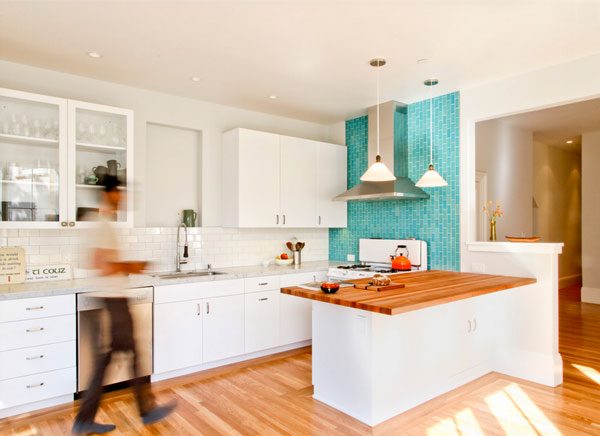
The Light Source
Consider how natural and artificial light will affect the color of the accent wall. A wall that receives a lot of direct sunlight might appear brighter, while a wall in a darker corner might appear more muted. Test paint samples in different lighting conditions before making your final decision.
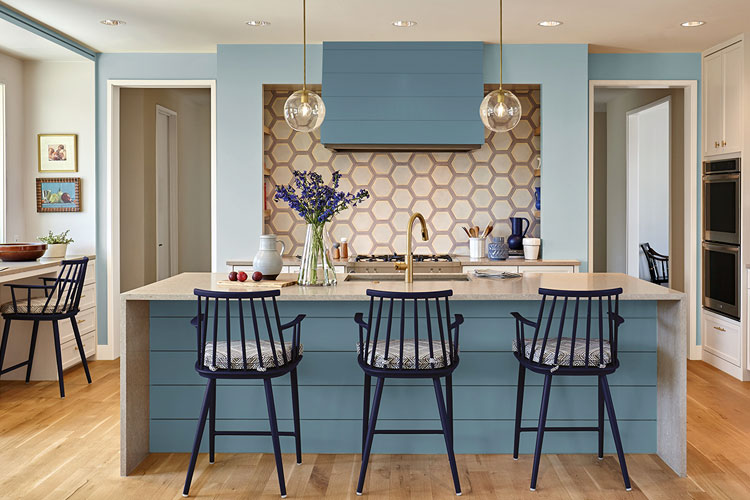
Selecting the Perfect Paint Color: A Palette of Possibilities
Choosing the right paint color is arguably the most important step in creating a successful kitchen accent wall. The color should complement your existing décor, reflect your personal style, and create the desired mood and atmosphere. Let’s explore some popular color options and their potential impact:
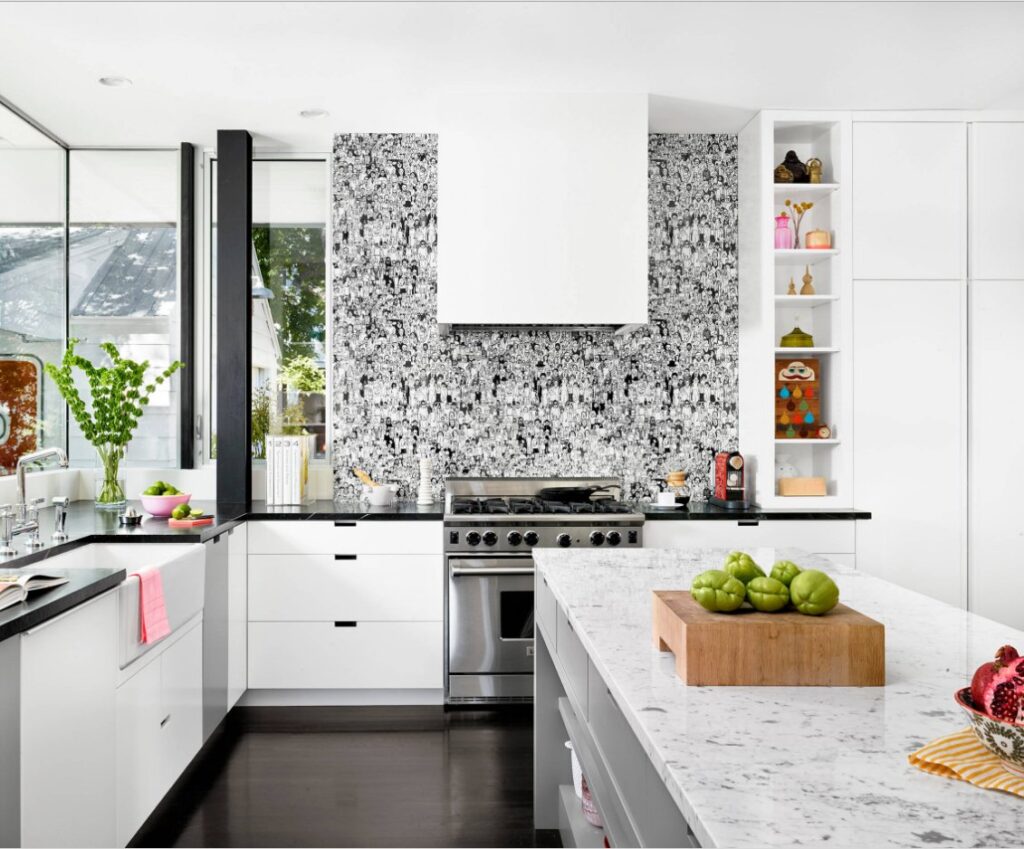
Bold and Vibrant Hues
If you’re looking to make a statement, consider using bold and vibrant hues like:
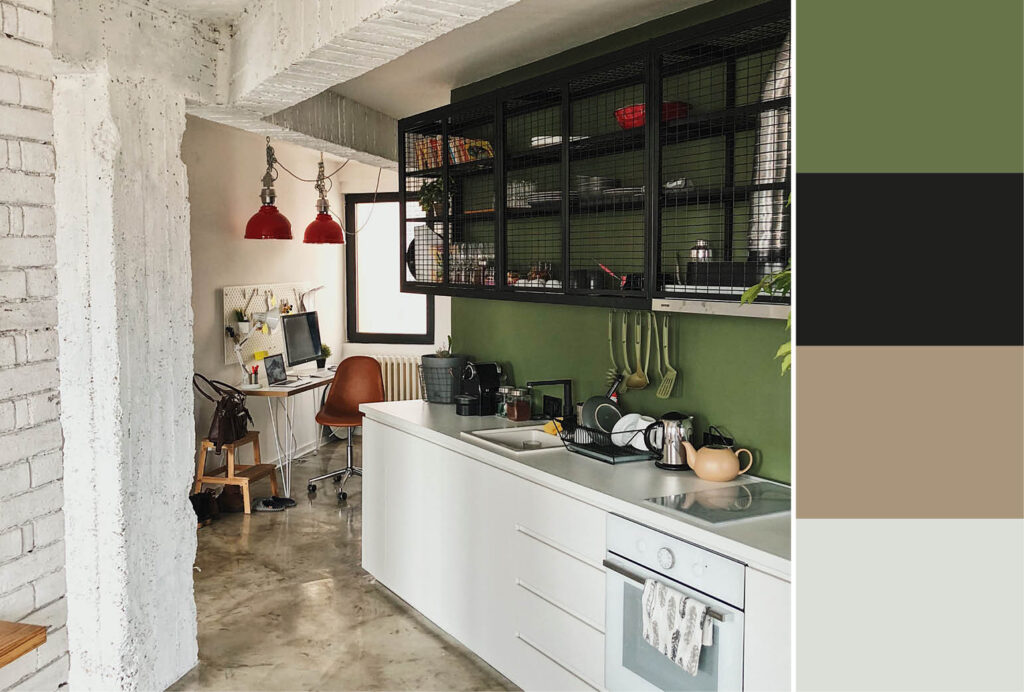
- Red: Creates a warm, energetic, and inviting atmosphere. Perfect for kitchens where you love to entertain.
- Orange: Adds a touch of warmth, vibrancy, and playfulness. Ideal for creating a cheerful and optimistic vibe.
- Yellow: Brightens up the space and creates a sense of optimism and happiness. Best used in kitchens with plenty of natural light.
- Teal: A sophisticated and refreshing color that adds a touch of elegance and tranquility. Works well in both modern and traditional kitchens.
Neutral and Earthy Tones
For a more subtle and sophisticated look, consider using neutral and earthy tones like:
- Gray: A versatile and timeless color that complements a wide range of styles. Can be used to create a modern, minimalist, or industrial look.
- Beige: A warm and inviting neutral that adds a touch of comfort and relaxation. Works well in traditional and transitional kitchens.
- Greige: A blend of gray and beige, offering the best of both worlds. A sophisticated and versatile choice that complements a wide range of colors.
- Sage Green: A calming and nature-inspired color that adds a touch of serenity and freshness. Perfect for creating a relaxing and inviting atmosphere.
Dark and Dramatic Shades
If you’re feeling adventurous, consider using dark and dramatic shades like:
- Navy Blue: A sophisticated and elegant color that adds a touch of drama and depth. Works well in both modern and traditional kitchens.
- Charcoal Gray: A bold and dramatic neutral that creates a sense of sophistication and mystery. Best used in kitchens with plenty of natural light.
- Deep Green: A rich and luxurious color that adds a touch of opulence and sophistication. Perfect for creating a dramatic and inviting atmosphere.
- Black: A bold and timeless color that creates a sense of drama and sophistication. Best used sparingly as an accent color.
Consider Your Existing Décor
When choosing a paint color, it’s important to consider your existing décor. The accent wall should complement your cabinets, countertops, flooring, and appliances. Avoid choosing a color that clashes with your existing elements. Gather paint swatches and hold them up against your existing finishes to see how they look together. Pay attention to the undertones of your existing colors, as these can affect how the accent wall color appears.
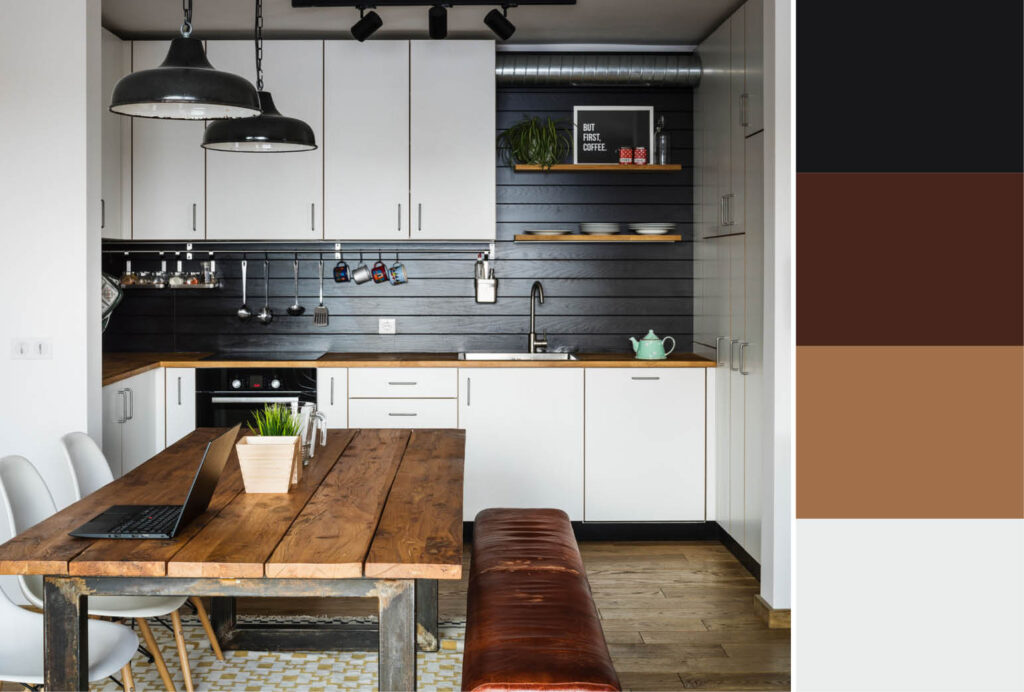
Test Paint Samples
Never choose a paint color based on a small swatch or a picture in a magazine. Always test paint samples on your chosen wall before making a final decision. Paint a small area of the wall with each color and observe how it looks in different lighting conditions throughout the day. This will help you avoid costly mistakes and ensure that you choose a color that you truly love. Consider painting a large piece of poster board with your test colors. This allows you to move the sample around the room and see how it looks in different areas and lighting situations. Remember that paint colors can look different on different surfaces and under different lighting conditions, so testing is crucial.

Consider the Mood
Think about the mood you want to create in your kitchen. Do you want a space that’s bright and cheerful, or one that’s calm and relaxing? Color psychology plays a significant role in how we perceive a space. Warm colors like red, orange, and yellow can create a sense of energy and excitement, while cool colors like blue, green, and purple can create a sense of calm and tranquility. Choose a color that aligns with the desired mood and atmosphere.
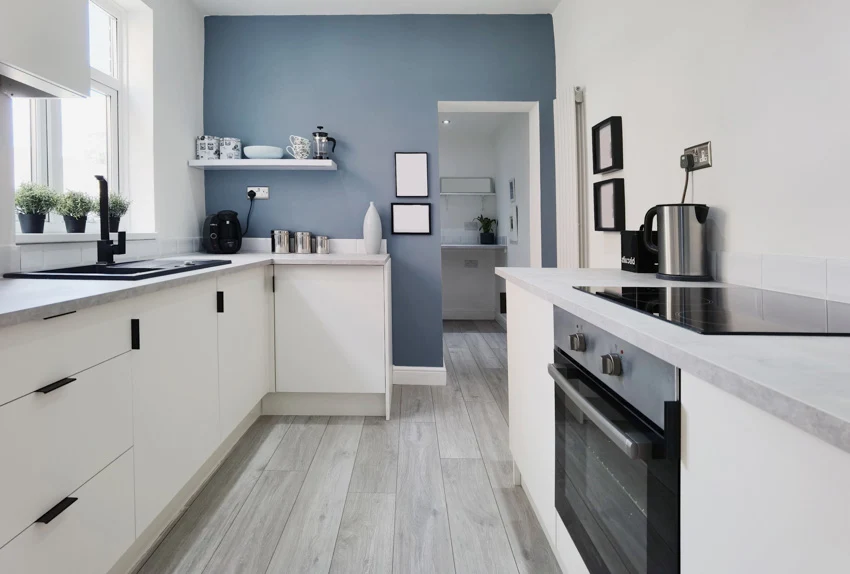
Paint Finishes: Matte, Eggshell, Satin, or Gloss?
The paint finish is just as important as the color itself. The finish affects the appearance, durability, and cleanability of the accent wall. Here’s a breakdown of the most common paint finishes:
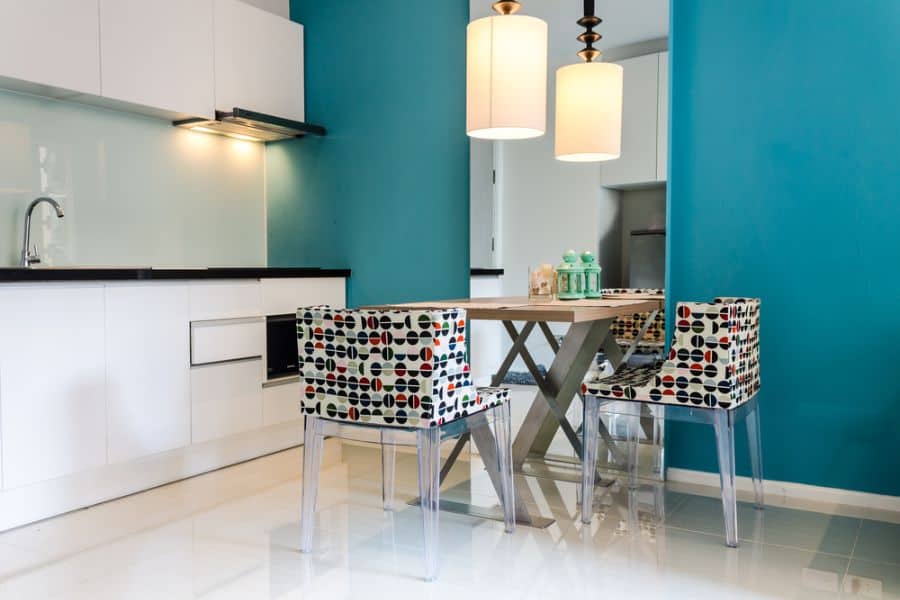
Matte
Matte finishes have a low sheen and a velvety texture. They’re excellent at hiding imperfections on the wall and creating a soft, understated look. However, matte finishes are less durable and more difficult to clean than other finishes. They’re best suited for low-traffic areas like dining rooms or bedrooms.
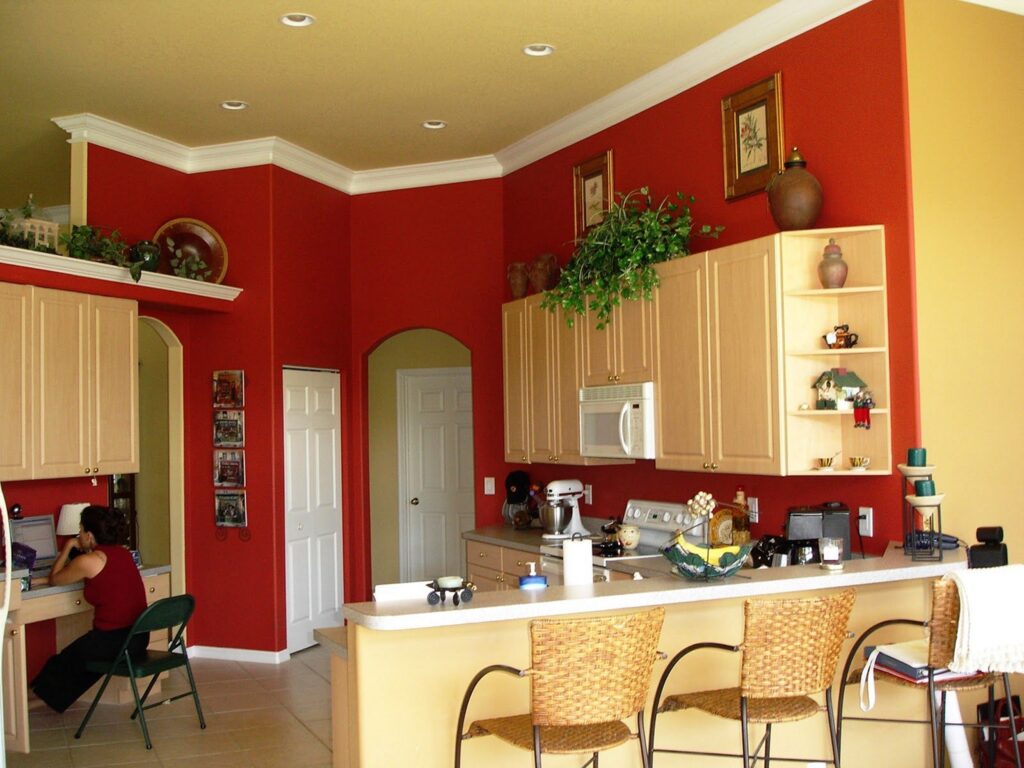
Eggshell
Eggshell finishes have a slightly higher sheen than matte finishes. They’re more durable and easier to clean, making them a good choice for kitchens. Eggshell finishes still offer a soft, understated look while providing better resistance to stains and scuffs.
Satin
Satin finishes have a moderate sheen and a smooth, velvety texture. They’re very durable and easy to clean, making them an excellent choice for kitchens, especially in high-traffic areas. Satin finishes offer a good balance between aesthetics and practicality.
Semi-Gloss and Gloss
Semi-gloss and gloss finishes have a high sheen and a reflective surface. They’re extremely durable and easy to clean, making them ideal for trim, doors, and cabinets. However, they tend to highlight imperfections on the wall and can be too shiny for some kitchens. While less common for full walls, they can be used to create a dramatic effect in specific situations, like behind a range hood.
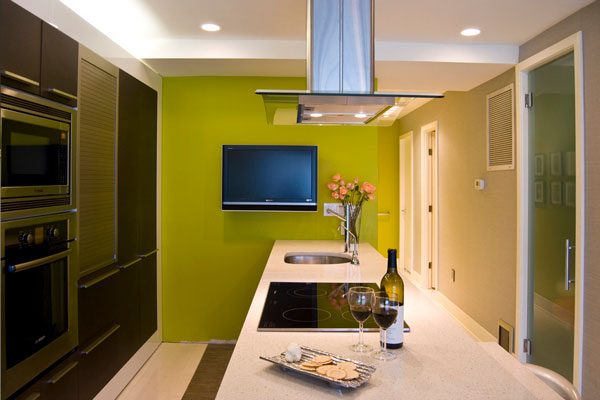
For Kitchen Accent Walls, Satin or Eggshell are Ideal
For kitchen accent walls, satin or eggshell finishes are generally the best choices. They offer a good balance between aesthetics, durability, and cleanability. They’re easy to wipe down, resistant to stains and scuffs, and offer a subtle sheen that adds depth and dimension to the wall.
Preparing the Wall: The Key to a Flawless Finish
Proper wall preparation is crucial for achieving a flawless paint finish. Rushing this step can lead to unsightly imperfections and a less-than-professional result. Here’s a step-by-step guide to preparing your kitchen wall for paint:
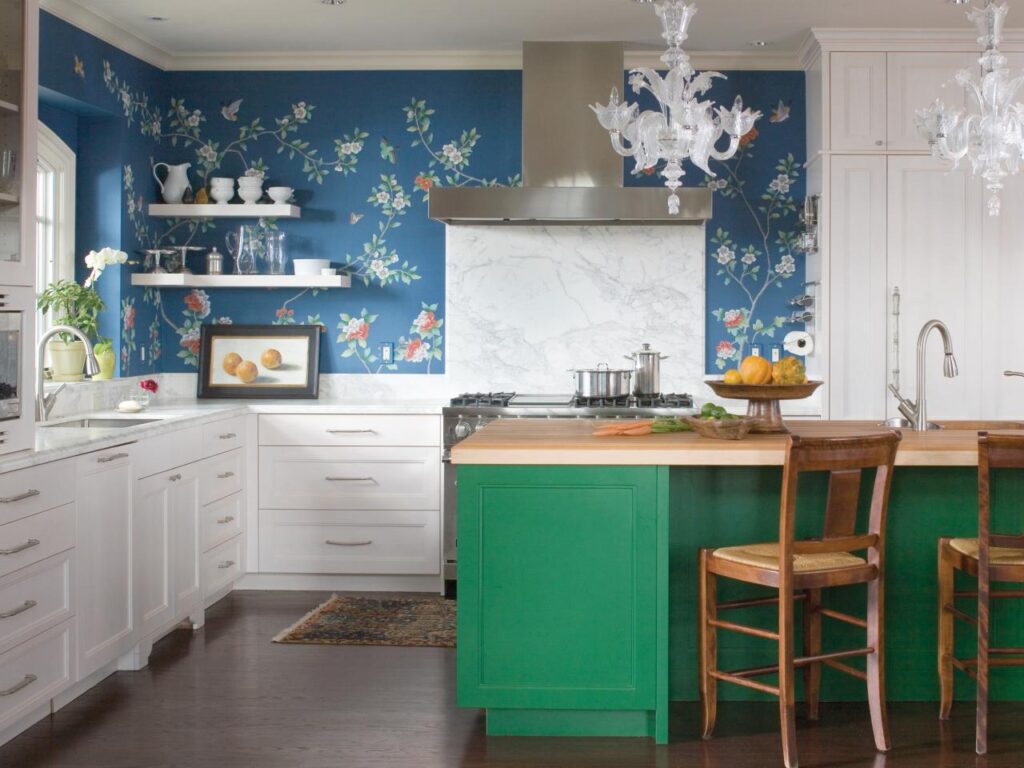
Clean the Wall
Start by cleaning the wall thoroughly with soap and water to remove any dirt, grease, or grime. Use a sponge or a microfiber cloth to wipe down the wall, paying attention to areas that are prone to splatters and spills. Rinse the wall with clean water and allow it to dry completely before proceeding.
Repair Any Imperfections
Inspect the wall for any imperfections, such as holes, cracks, or dents. Use spackle or joint compound to fill in these imperfections. Apply the spackle or joint compound with a putty knife, smoothing it out to be flush with the surrounding surface. Allow the spackle or joint compound to dry completely before sanding.
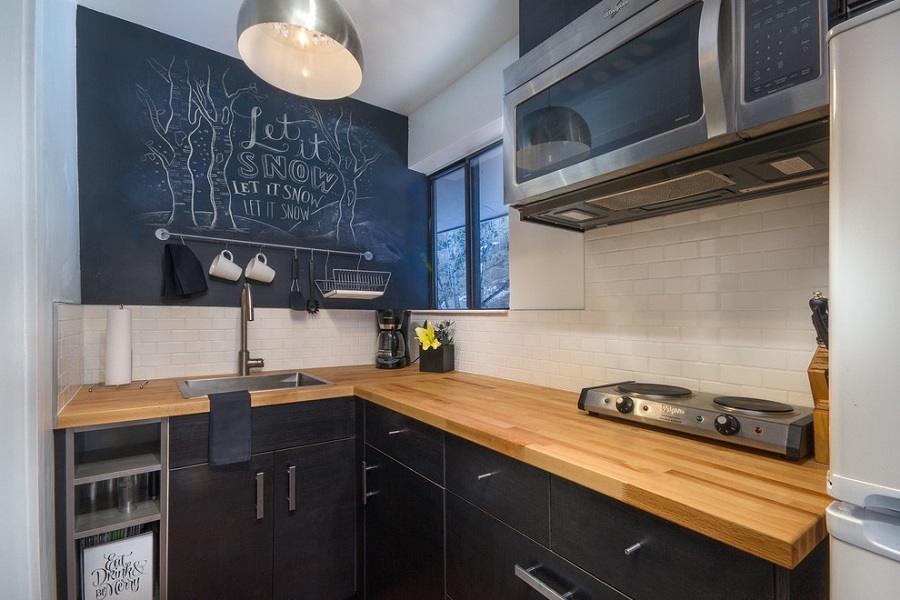
Sand the Wall
Once the spackle or joint compound is dry, sand the wall smooth with fine-grit sandpaper. This will help to create a smooth, even surface for the paint to adhere to. Use a sanding block or a palm sander to sand the wall, paying attention to the areas that were repaired. Wipe the wall down with a damp cloth to remove any sanding dust.
Prime the Wall
Priming the wall is essential for achieving a uniform paint finish and ensuring proper adhesion. Primer helps to seal the surface, prevent stains from bleeding through, and create a smooth base for the paint. Apply a coat of primer to the wall with a roller or a brush, making sure to cover the entire surface evenly. Allow the primer to dry completely before painting.
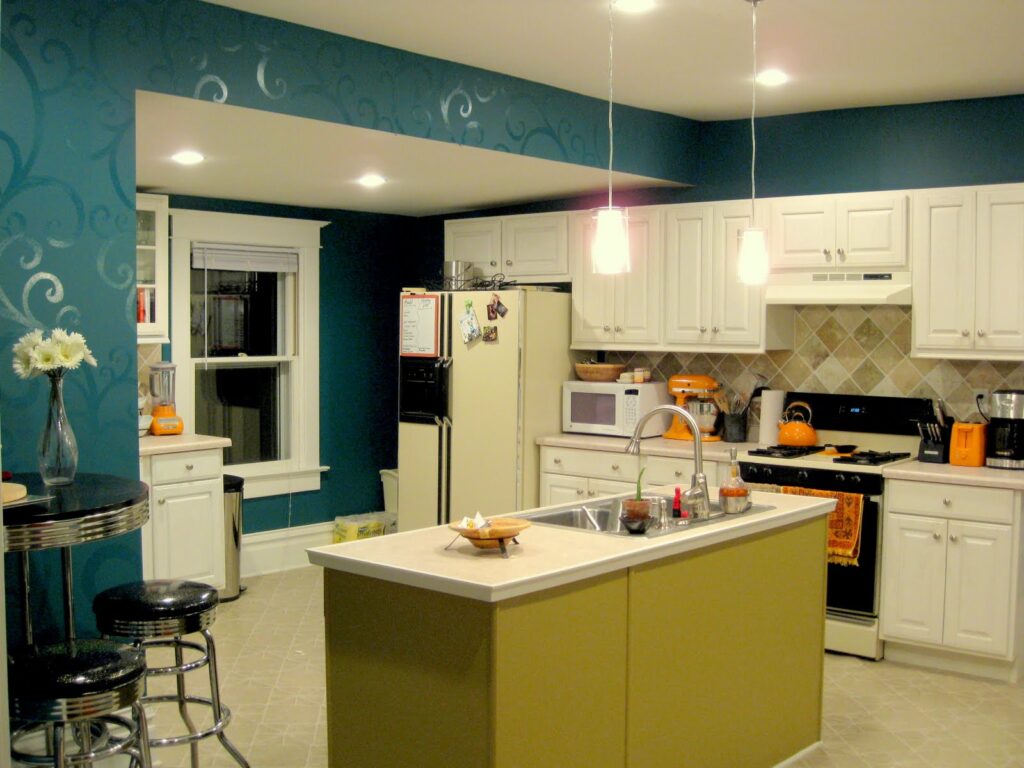
Tape Off the Edges
Use painter’s tape to tape off the edges of the wall, protecting the adjacent surfaces from paint splatters. Apply the tape carefully, making sure to create a clean, straight line. Press the tape firmly against the wall to ensure a tight seal. This will prevent paint from bleeding underneath the tape and creating a messy edge.
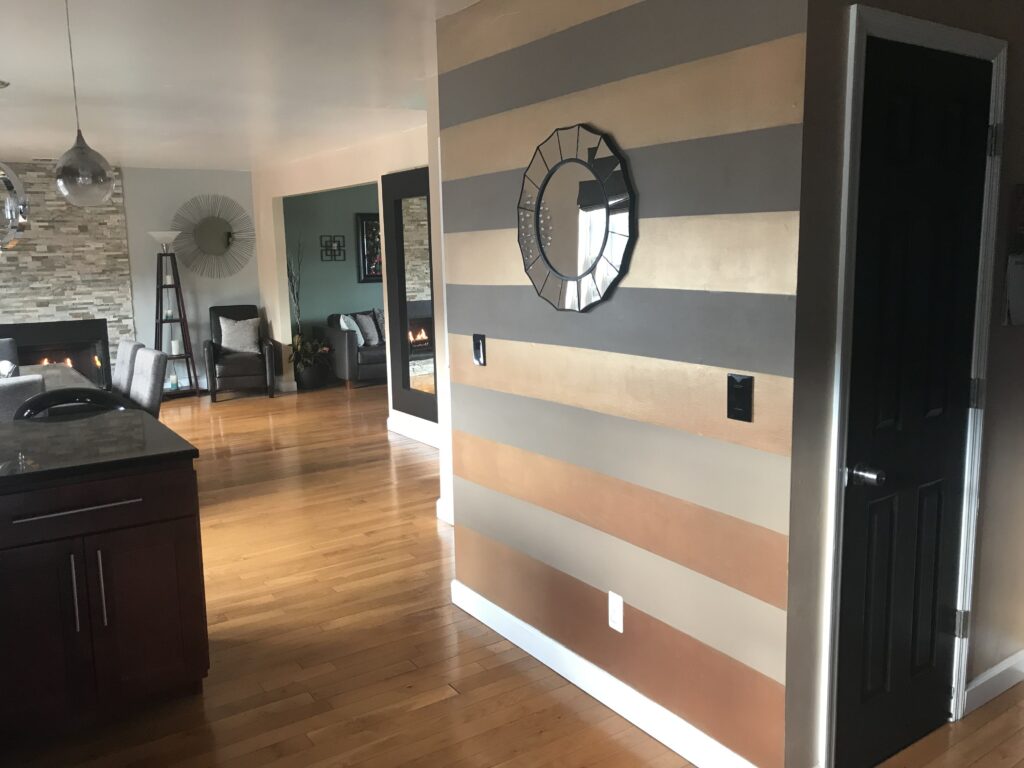
Painting the Accent Wall: Techniques for Success
Now that your wall is prepped and ready, it’s time to start painting! Here are some techniques for achieving a professional-looking paint job:
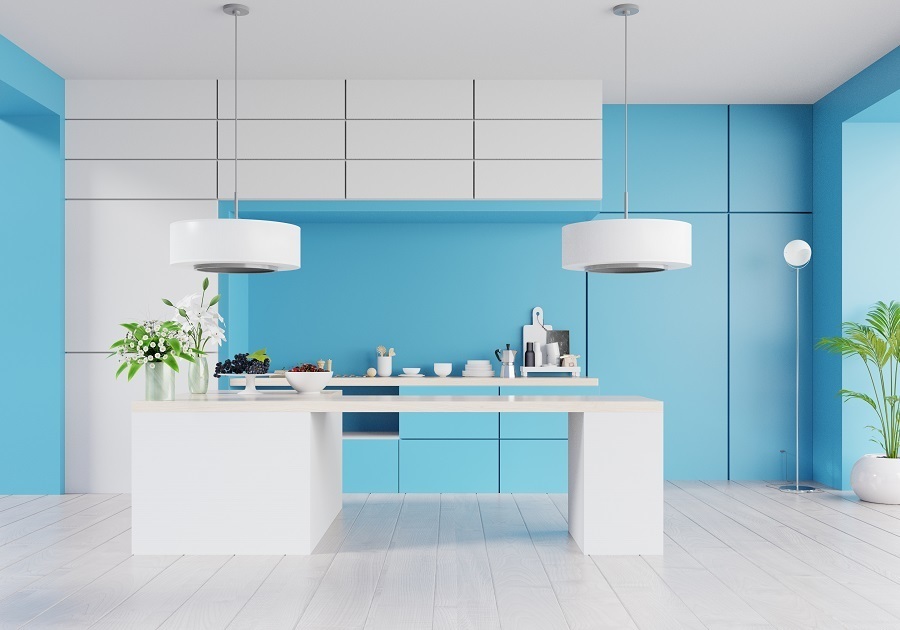
Use Quality Tools
Invest in quality painting tools, such as a good-quality roller, a paint brush, and a paint tray. Cheap tools can lead to uneven coverage, drips, and splatters. A high-quality roller will provide a smooth, even finish, while a good-quality brush will allow you to cut in around the edges and corners with precision.
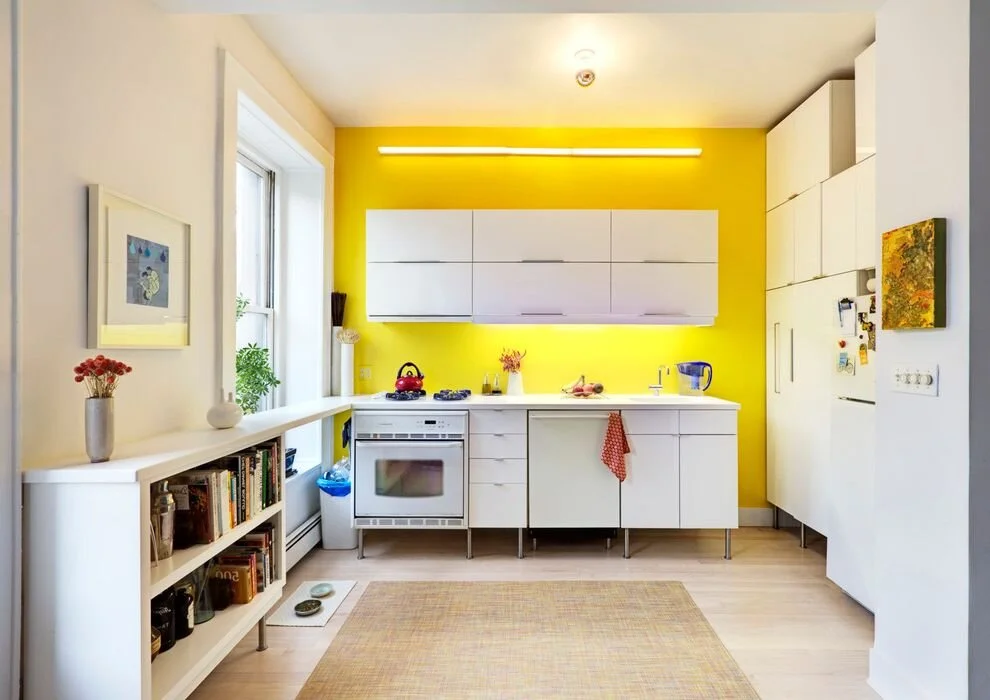
Apply Thin, Even Coats
Apply thin, even coats of paint to the wall, rather than one thick coat. Thick coats of paint can lead to drips, runs, and uneven drying. Apply the paint in a smooth, consistent motion, overlapping each stroke slightly to ensure complete coverage. Allow each coat of paint to dry completely before applying the next coat.
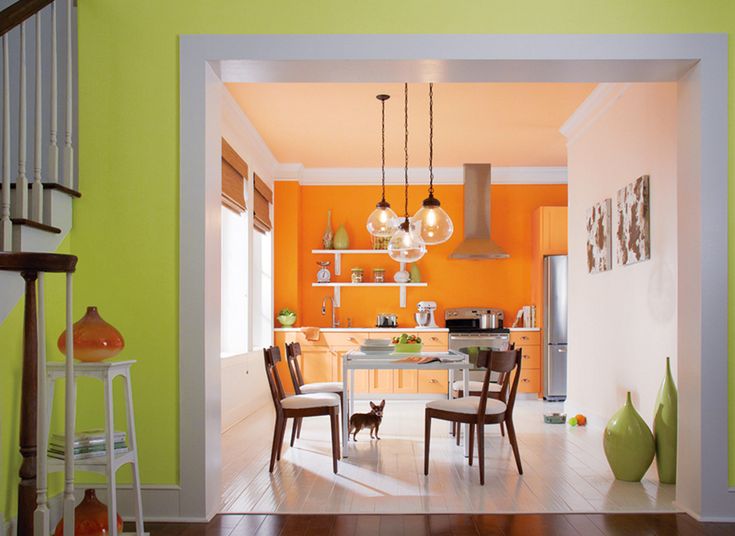
Cut in Around the Edges
Use a brush to cut in around the edges of the wall, where the wall meets the ceiling, the floor, and any adjacent surfaces. This will create a clean, professional-looking edge. Use a steady hand and apply the paint carefully, avoiding any drips or splatters. Feather the edges of the paint to blend seamlessly with the roller-applied paint.
Maintain a Wet Edge
Maintain a wet edge while painting to prevent lap marks. Lap marks occur when the paint dries unevenly, creating visible lines and streaks. To avoid lap marks, always start painting in a wet area and work your way outwards, overlapping each stroke slightly. This will help to blend the paint seamlessly and create a smooth, even finish.
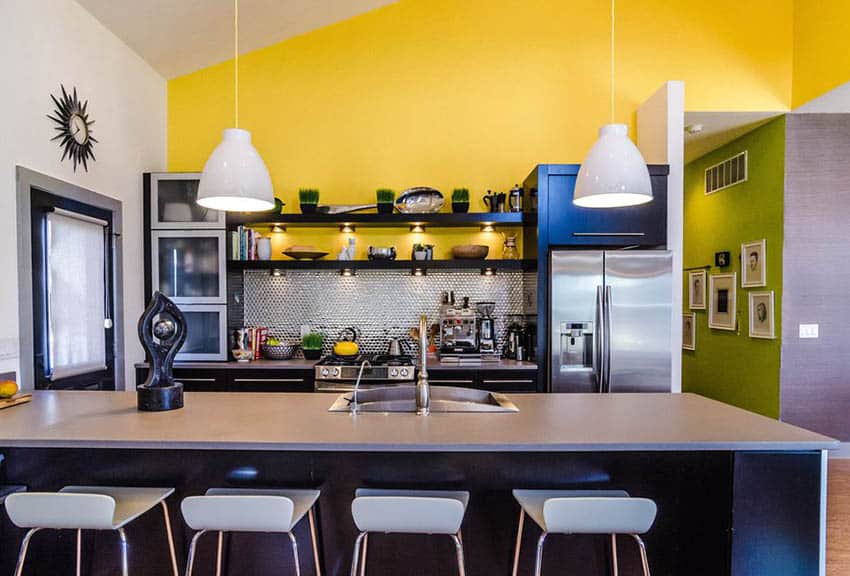
Let it Dry Completely
Allow the paint to dry completely between coats and before removing the painter’s tape. Rushing this step can lead to smudging, peeling, and an unprofessional-looking finish. Follow the manufacturer’s instructions for drying times, and be patient. Once the paint is completely dry, carefully remove the painter’s tape at a 45-degree angle to avoid pulling off any paint.
Accent Wall Ideas to Inspire You
Need some inspiration for your kitchen accent wall? Here are a few ideas to get you started:
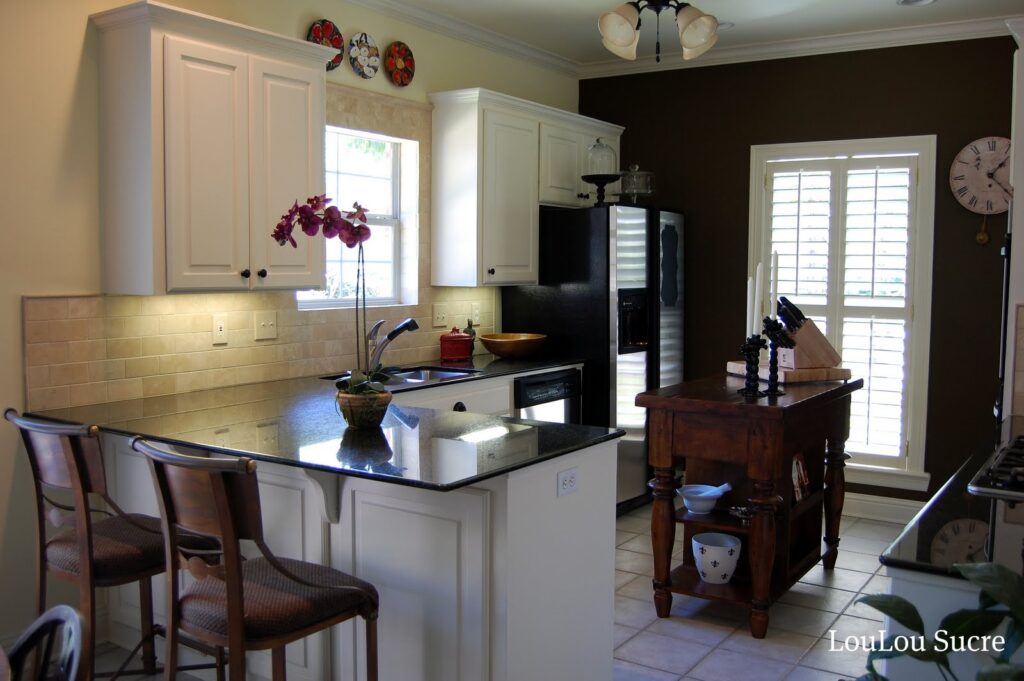
Chalkboard Paint
Transform your accent wall into a chalkboard! This is a fun and functional option for families with kids. You can use it to write grocery lists, leave messages, or simply let your kids express their creativity.
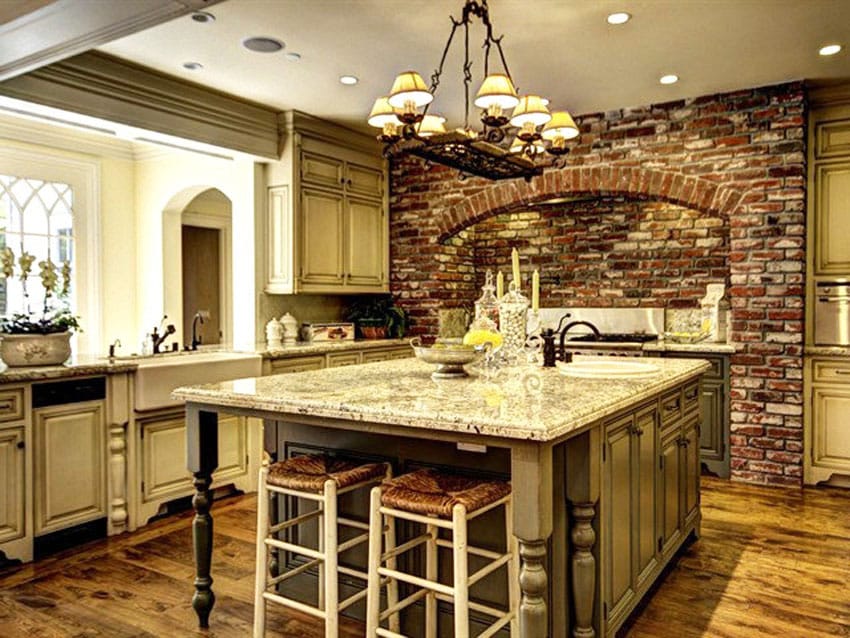
Geometric Patterns
Create a geometric pattern using painter’s tape and different colors of paint. This is a great way to add a modern and stylish touch to your kitchen.
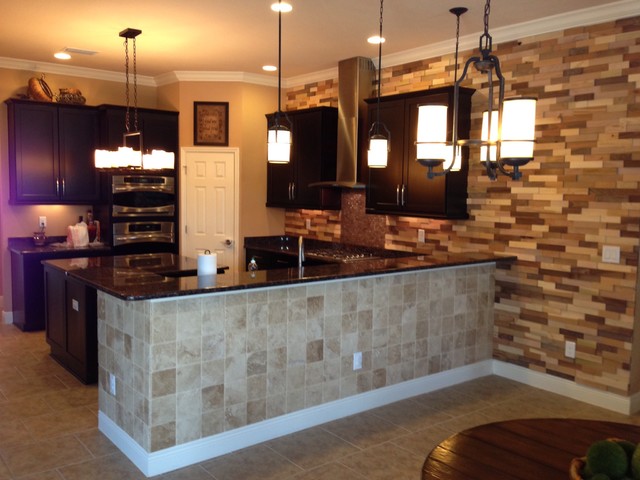
Ombre Effect
Create an ombre effect by gradually blending different shades of the same color. This is a subtle and sophisticated way to add depth and dimension to your accent wall.
Stencils
Use stencils to create intricate designs on your accent wall. This is a great way to add a personal touch and customize your kitchen.
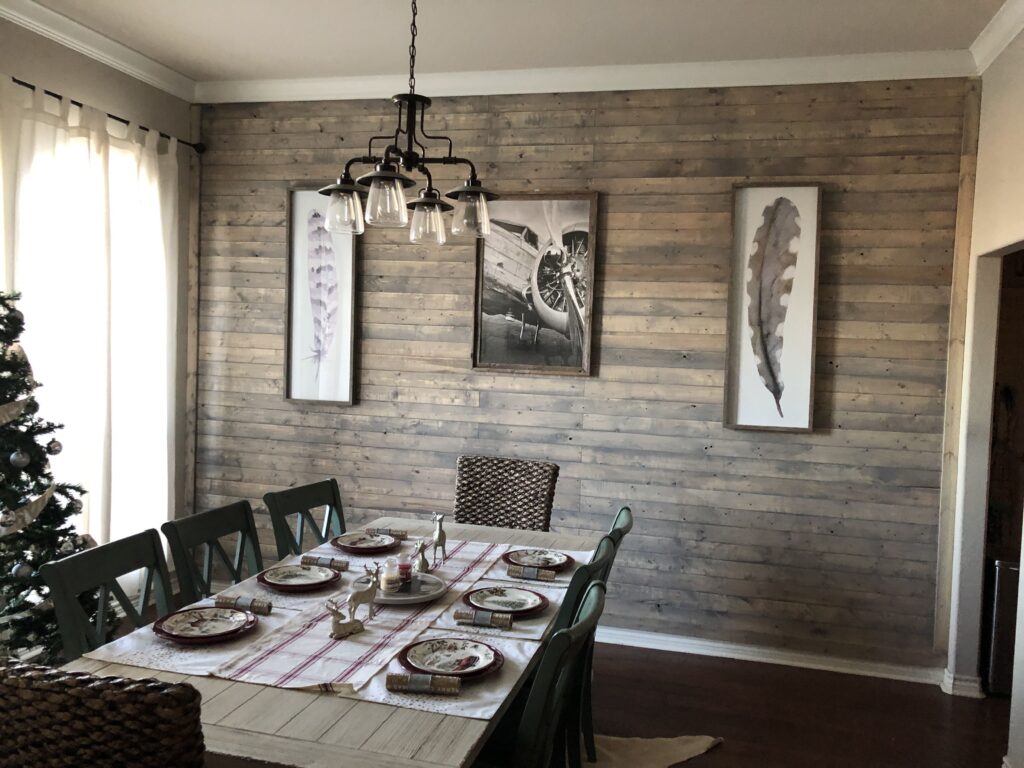
Faux Brick or Stone
Create a faux brick or stone effect using textured paint or stencils. This is a great way to add rustic charm to your kitchen.
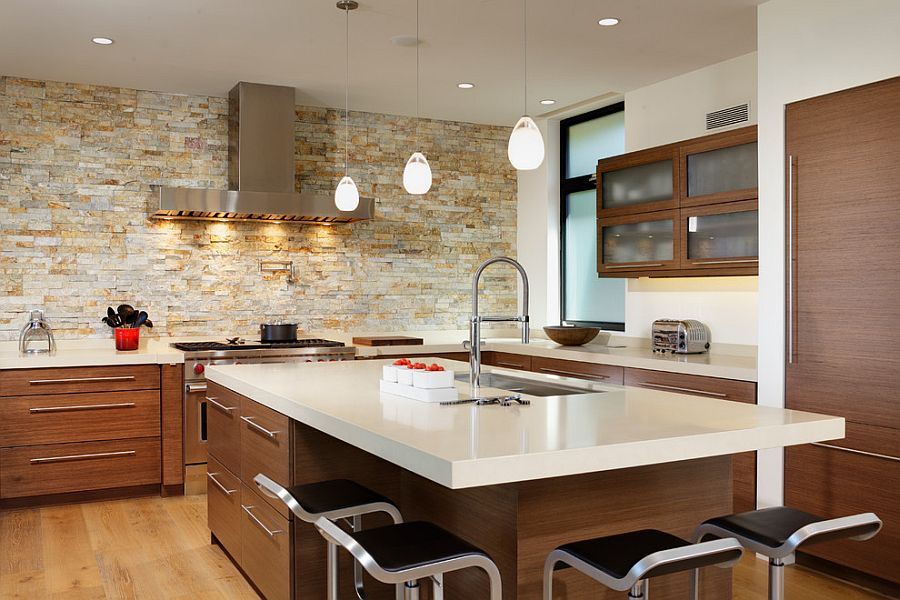
Beyond Paint: Adding Texture and Dimension
While paint is the star of the show, consider incorporating other elements to add texture and dimension to your accent wall. Here are a few ideas:
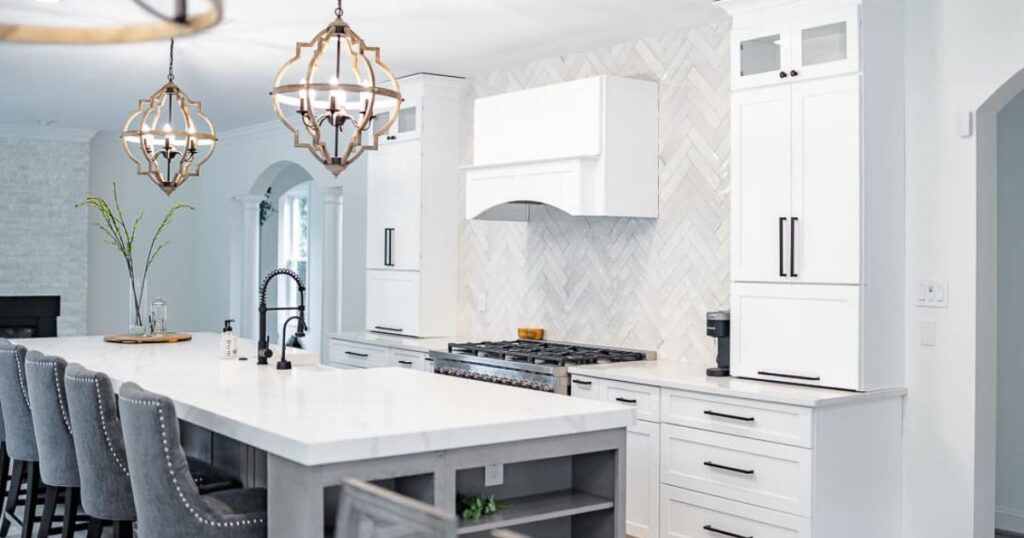
Wood Paneling
Add wood paneling to your accent wall for a rustic or modern touch. You can use reclaimed wood for a farmhouse look or sleek, modern panels for a contemporary vibe.
Tile
Incorporate tile into your accent wall for a durable and stylish finish. Subway tile, mosaic tile, or even a bold geometric pattern can add a unique touch to your kitchen.
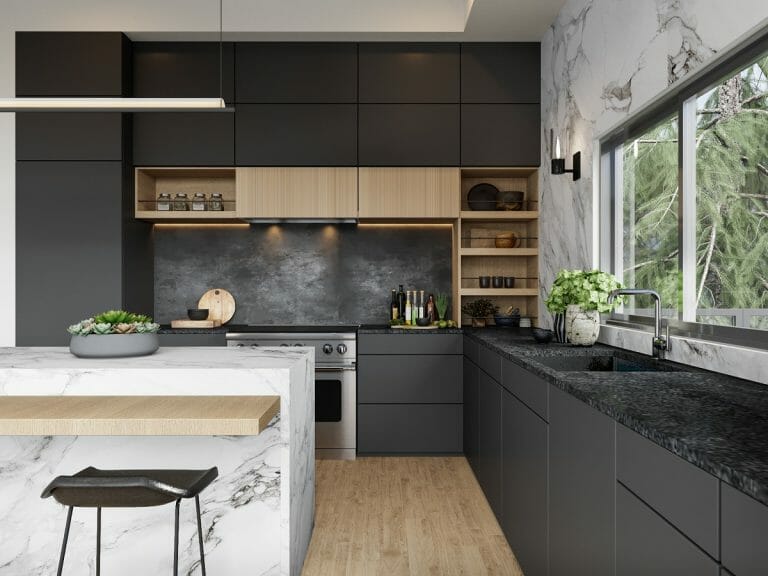
Wallpaper Accents
Combine paint with wallpaper accents for a visually interesting contrast. Use wallpaper on a portion of the wall or create a framed wallpaper panel for a focal point.
Shelving
Install open shelving on your accent wall to display decorative items, cookbooks, or plants. This is a great way to add functionality and personality to your kitchen.
Conclusion: Transform Your Kitchen with the Power of Paint
A kitchen accent wall is a simple yet effective way to transform your space and inject personality into your culinary haven. By carefully choosing the right wall, color, finish, and application techniques, you can create a stunning focal point that enhances the beauty and functionality of your kitchen. So, grab a paintbrush, unleash your creativity, and get ready to transform your kitchen with the power of paint!
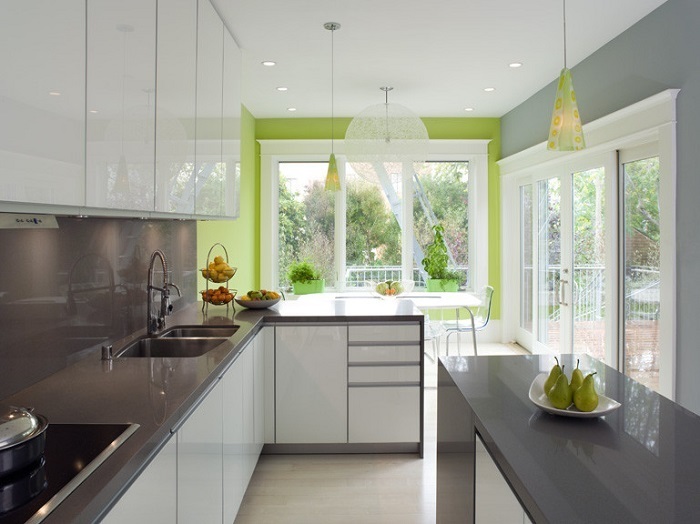
 Nimila
Nimila
